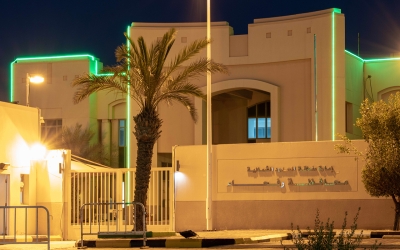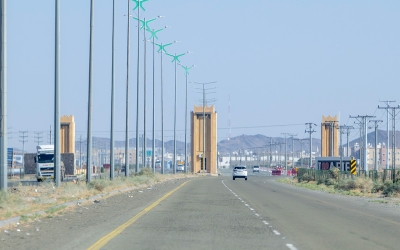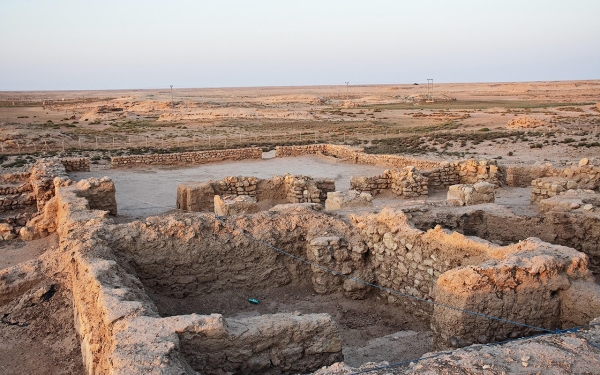
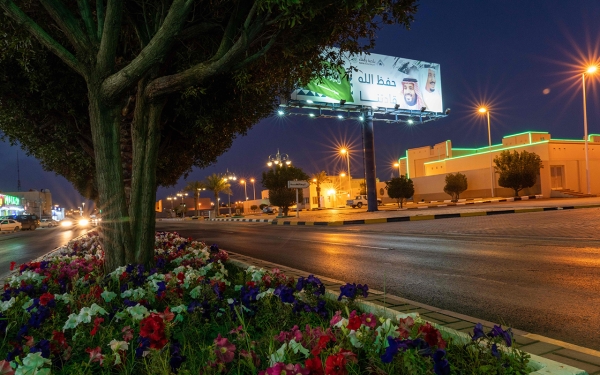
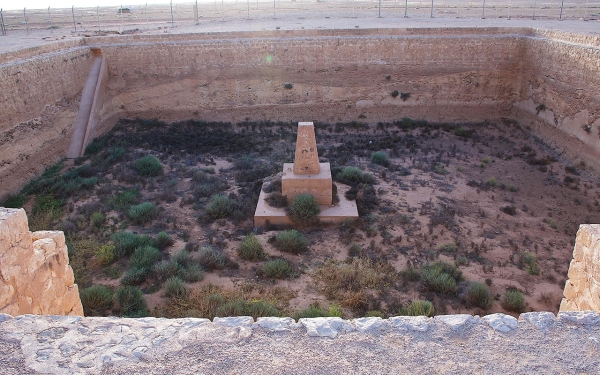
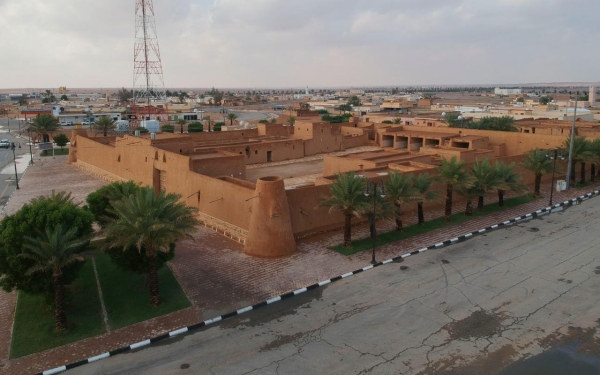
Rafha Governorate is a Category (A) governorate in the Northern Borders Province of the Kingdom of Saudi Arabia, comprising seventeen administrative centers. It is the largest governorate in the province in terms of area and the second in terms of population.
Rafha Governorate, in the far north of the Kingdom, is located 290 km from the city of Arar, the seat of the Emirate of the Northern Borders Province, where 25 percent of the province’s population resides.
History of Rafha Governorate
Historically, Rafha’s territory was a stopover for pilgrim and commercial convoys from Iraq, as it was the first Saudi territory permeated by the historical Abbasid pilgrimage route known as the Zubaydah Trail.
Rafha was founded as a modern city after the extension of the Trans-Arabian Pipeline (Tapline) under the reign of the founding King Abdulaziz Bin Abdulrahman Al Saud in 1950. It served as a shelter for Iraqi refugees from 1991, during the Second Gulf War, until 2003.
Higher education in Rafha Governorate
Rafha Governorate is home to one of the modern higher education institutions in the Kingdom, the Northern Border University, which was founded in 2007 and included the Teachers' College, which was previously established, along with the branches of King Abdulaziz University in Arar and Rafha. The founding of the university was followed by the establishment of several colleges, such as Medicine, Pharmacy, Nursing, Applied Medical Sciences, Engineering, Computer Science, Business Administration, and Sociology, all of which are distributed around its main campus in Arar, along with the university's three branches in Rafha, Turaif, and al-Uwayqilah.
Three of the university’s colleges are located in Rafha: Science and Arts, which comprises the departments of Languages and Translation, Physics, General Materials, Chemistry, Mathematics, Education, Home Economics, and Biology; Pharmacy, which comprises the departments of Clinical Pharmacy, Photochemistry and Natural Products, Pharmacology and Toxicology, Pharmaceutical Chemistry, and Basic Health Sciences; and Computing and Information Technology, which comprises the departments of Information Technology, Information Systems, and Computer Science.
Transport services in Rafha Governorate
Residents of Rafha Governorate rely on the Rafha Domestic Airport, which has a capacity of 125,000 passengers and is located three km south of the city center.
The new 682-km-long Madinah al-Munawarah-Hail-Rafha Road is one of the governorate's most important roads, extending from the North International Road at Rafha for 278 km, and directly tying into the 414-km-long Hail-Madinah al-Munawarah Direct Road.
Old Rafha market
Rafha Governorate contains a host of historical monuments and tourist attractions, most notably the Old Rafha Governorate Market, which, historically, has been a very important market and continues to maintain the traditional nature of its stores. In the old days, the market was frequented by many urban dwellers and nomads for more than seventy years, and to this day, it continues to attract shoppers, reflecting an image of the past and a long-standing history between its stores.
Linah Heritage Village in Rafha Governorate
The village of Linah stands out to the south of Rafha by about seventy km as one of the historical monuments and most important tourist destinations in the Kingdom. Replete with historical and civilizational heritage, Linah is one of the oldest villages in the north of the Kingdom and is home to a multitude of prominent historical sites. The village is distinct for having the oldest markets in the province and the largest trading centers in the Kingdom in the middle of the last century. It was established in 1933 for commercial exchange, has an area of five thousand m2, and contains eighty shops.
Linah is also home to one of the most prominent historical monuments, the palace of the Founding King Abdulaziz Bin Abdulrahman Al Saud, established in 1935 over an area of 4,320 m to be the seat of the emirate. To this day, the palace stands tall with its domineering view and ancient architecture as a testament to the province's nine-decade heritage; the palace represents a proud legacy and a key attraction for tourists and explorers.
Zubala Village in Rafha Governorate
Furthermore, Rafha Governorate includes the historic village of Zubala, one of the most important historical areas and a key resource for tourism promotion. It is a central settlement of the al-Kufi Pilgrimage Route on the historical Zubaydah Trail, with a history dating back to pre-Abbasid times. The village reached its zenith in the early Abbasid age and has been frequently mentioned in some historical sources as a meeting point for commercial and pilgrim convoys, as it was a main stopover on al-Kufi Pilgrimage Route.
Located about twenty-five km south of Rafha Governorate, the village is replete with a wealth of antiquities, as it embraces the deepest water well on the Pilgrimage Road, shaped as a square and uniquely carved, with a depth of about 250 m, as cited by some historical sources, including Western explorers such as Charles Huber, Alois Musil, and Gerard Leachman, and received ample mention in poets’ prose.
Related quizzes
Related articles

